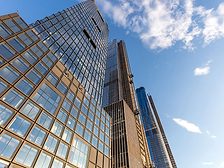Home » water-based paints
Articles Tagged with ''water-based paints''
Shortcut to a Natural Look—Inherently Matte Acrylic
A water-based acrylic polymer technology delivers high transparency and low gloss, preserving a substrate’s natural look, while enhancing scratch and stain resistance, and long-term durability.
October 10, 2024
High-Performance, Environmentally Compliant, Two-Component Waterborne Urethane Dispersions
Waterborne Urethane Dispersions
Read More
Keep the info flowing with our eNewsletters!
Get the latest industry updates tailored your way.
JOIN TODAY!Copyright ©2025. All Rights Reserved BNP Media.
Design, CMS, Hosting & Web Development :: ePublishing










